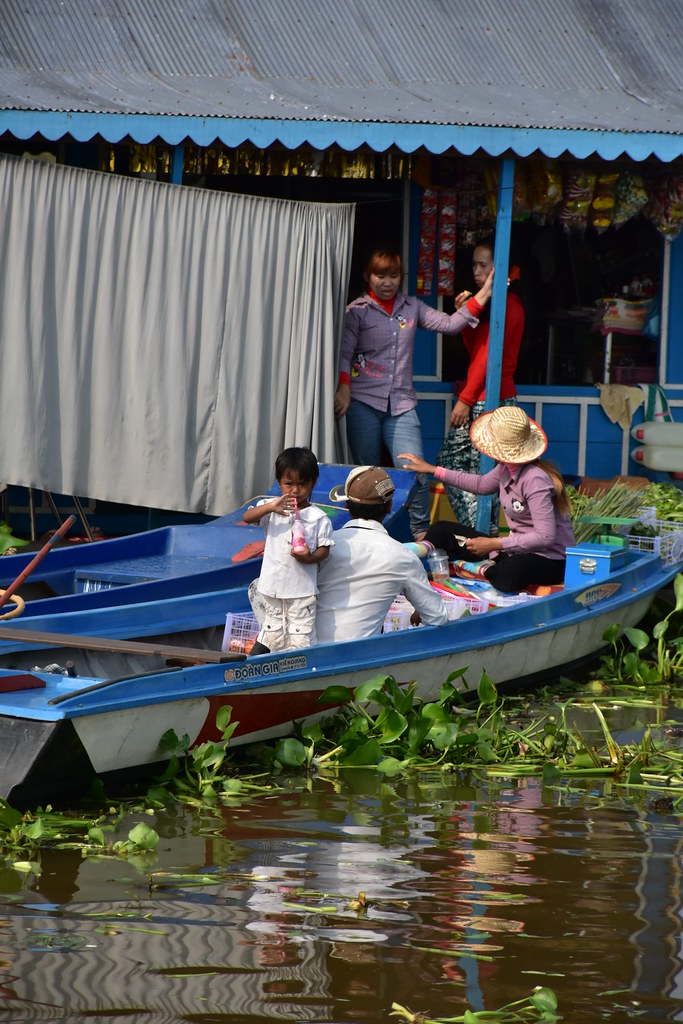In the Philippines, wedding customs may vary depending on the region, religion, and ethnicity. Some couples, for instance, make a particular sticky corn https://www.gotquestions.org/women-pastors.html cake or perform traditional religious ceremonies. Some couples number something equivalent to a rehearsal dinner for their guests in a more contemporary setting.
Filipinos also have bridal sponsers or “aunties and aunts,” although the majority of people will own a maid of honor. These special guests are known as the “ninang” or “ninong” for the wife, “ninong” for the man, and “ninong” for the groom. They perform ceremonial rituals like cord ceremonies and penny ceremonies.
In the Philippines, seeking parental approval is a big part of the ceremony custom. In front of the rest of the wedding guests and occasionally even the priest, the ninang or ninong gently touch their parent’s hand to their own forehead, although this is n’t always done during the ceremony itself. It’s an important practice. They are acknowledging that they are giving their child to their mate and display appreciation for their parents.

The pamamanhikan is another significant marriage meeting. This crucial stage of a married couple’s relationship is significant because it embodies the man’s commitment to his future sister’s relationship to her household. The girl’s community accepts his proposal after that.
A well-known image https://asiansbrides.com/filipino-cupid-review/ in Philippine weddings is the aras or arrhae. It is a marriage adornment with thirteen coins, which represent the couple’s great health, happiness, and chance. It is typically held by a lovely penny recipient. During the ceremony, the man subsequently places the arrhae or aras on the couple’s finger.

